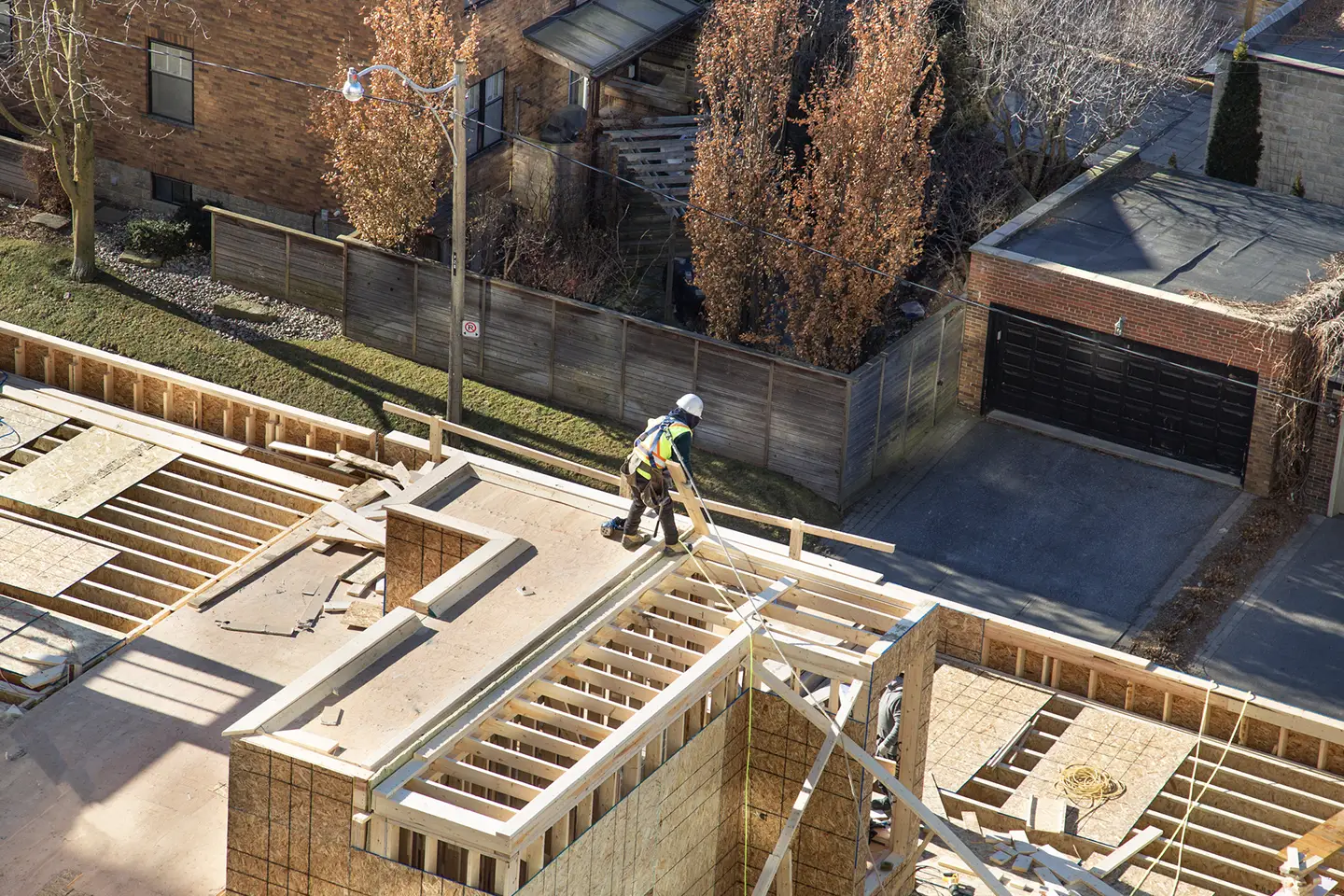ECCC Releases Proposed Frame for the Clean Electricity Regulations

On Tuesday, July 26th, Environment and Climate Change Canada (ECCC) released a discussion paper titled Proposed Frame for the Clean Electricity Regulations (“the discussion paper”), which outlines the conceptual framework for a regulatory mechanism, the Clean Electricity Regulation (CER), that will drive Canada towards a net-zero electricity grid by 2035.
The discussion paper follows an information session presented by ECCC on July 22nd which provided a summary of what was heard during the initial round of consultation on the CER. It also sends a clear signal that the government believes that a net-zero grid by 2035 is achievable while maintaining electricity system reliability and affordability.
The discussion paper is the second step in the regulatory development process, with the intent to have draft regulations by the end of 2022, and final regulations by end of Q1 2023.
Summary of Proposed Frame
The CER would regulate GHG emissions from electricity generating units that meet all of the following criteria: (1) combust any amount of fossil fuel for the purpose of electricity generation; (2) have a capacity above a small MW threshold (yet to be determined but will be small), and; (3) Offer electricity for sale onto an electricity system regulated by the North American Electricity Reliability Corporation (NERC).
Additionally, the CER as proposed would have two components: a performance standard and financial compliance requirements.
- A performance standard: The performance standard would have an intensity form (i.e. t/GWh), set at a stringent, near zero value (yet to be determine), in line with direct emissions from well-performing, low-emitting generation such as geothermal or combined cycle natural gas with CCS. The standard would be promulgated under the Canadian Environmental Protection Act (CEPA), with penalties for non-compliance being charged under the Criminal Code.
- Financial compliance requirements: Regulated entities would also be required to compensate for residual emissions released to the environment by regulated units. The eligible forms of financial compliance are to be determined but could consist of the production or purchase of prescribed high-quality offsets, including verified negative emissions, or paying a rate that corresponds to the federal carbon pricing level in that year.
Exempt Facilities
The discussion paper contemplates exemption from the CER for a small subset of thermal generators, including the following:
- Very small generators: Greatly reduces regulatory burden without compromising on emissions reductions.
- Remote communities: Are not connected to electricity systems regulated by NERC (i.e. off grid).
- Emitting generation engaged during an emergency situation, defined as “extraordinary, unforeseen and irresistible.” These events are very rare but when they do occur, they require reliable power to preserve human life and safety.
It is important to note that the CER would only regulate industrial units that offer electricity for sale to the electricity system. The CER would not regulate a cogeneration unit that generates electricity for its own needs, i.e., “self-consumption” of electricity generated and consumed behind the industrial fence line. Other regulatory and pricing measures would continue to apply to those emissions.
Compliance Flexibilities
ECCC is considering the inclusion of an End of Prescribed Life (EoPL) concept, allowing utilities the ability to use natural gas or liquid fuel assets already deployed during the preliminary period of applicability (e.g. the early years following 2035). The paper notes EoPL can reduce the number of assets stranded by the CER and help maintain affordability.
The length of the ‘prescribed life’ is still to be determined. It may be defined as a fixed period after a unit’s commissioning date. That said, the paper reiterates that conventional coal units must still be phased out by 2030.
Additionally, it is worth noting that the performance standards will differ for existing facilities (those built before 20225) and new ones built in 2025 or later.
- Performance Standard for New Generation: New units would be those commissioned in 2025 or after, with the performance standard applying from 2035 onwards. In this sense, the CER sends a signal that no new unabated emitting generation should be built in Canada after 2025. New units would be subject to the CER standard fully.
- Performance Standard for Existing Generation: A new unit, built prior to 2025, would be able to operate past 2035 without adhering to the standard for a prescribed fixed period aligned with that unit’s EoPL. Once units reach their EoPL they could continue to generate electricity only if they meet the performance standard or operate in a back-up capacity – constrained by limits on the number of operating hours per year and the kilotonnes of emissions per year.
Shared Responsibility
The paper recognizes that the structure of Canada’s electricity sector means that provinces and territories, as well as electricity generators and their regulators, will all play a critical role in achieving net-zero by 2035. The Pan-Canadian Grid Council and the Regional Energy Tables will be important forums for this coordination.
Next Steps
A short consultation period on the conceptual framework presented in the discussion paper is now open. Comments are due to ECCC by August 17th. Next, there will be another webinar on September 9th detailing ECCC’s modeling. Draft regulations will be published before the end of 2022.


